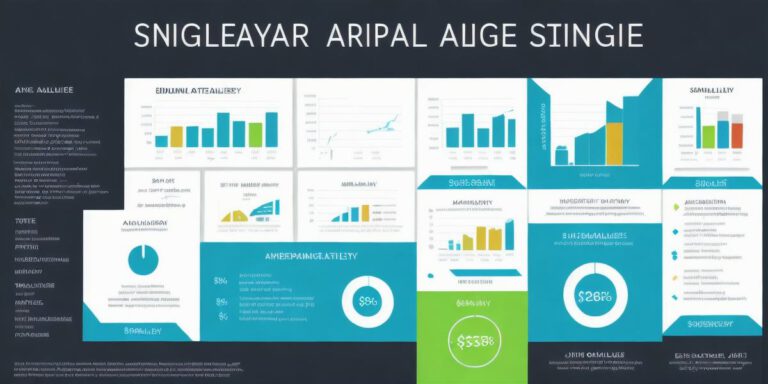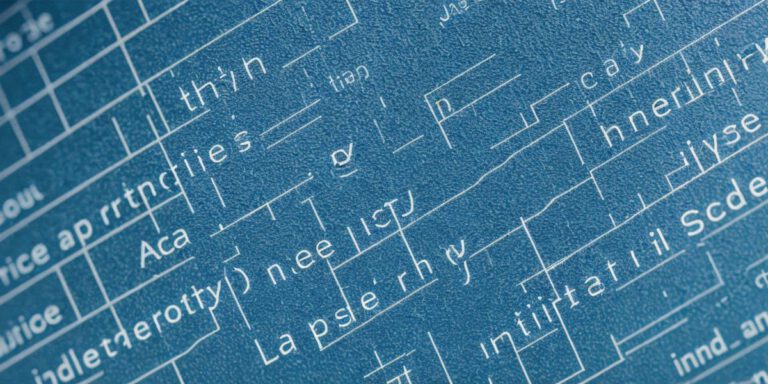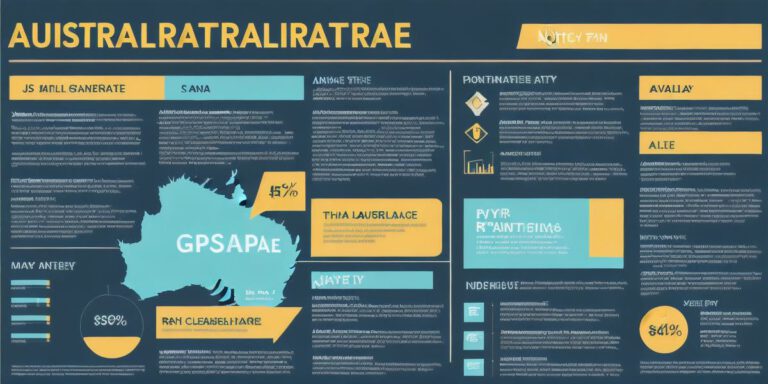Gum production is a complex process that involves several stages, including the harvesting of raw materials, processing, packaging, and distribution. In this comprehensive guide, we will explore the various factors that affect the cost of gum production and how they can impact your business. We will also provide insights into best practices and strategies for managing costs in your gum production process.
The Costs of Gum Production
To understand the cost of gum production, it is important to break down the various components that contribute to this expense. These include:
- Raw Materials: The cost of raw materials such as sugar, corn syrup, and flavorings can vary depending on market conditions and availability. For example, if there is a shortage of certain raw materials, prices may increase.
- Equipment and Maintenance: Gum production requires specialized equipment, including mixing machines, packaging lines, and quality control systems. The cost of these machines and their maintenance can be significant.
- Labor: Gum production involves several stages, including processing, packaging, and distribution, which require skilled labor. Salaries for these workers can vary depending on the level of skill and experience required.
- Energy and Utilities: Gum production is an energy-intensive process that requires a significant amount of electricity and water to operate. The cost of energy and utilities can vary depending on the location of the production facility.
- Marketing and Advertising: To attract customers and increase sales, companies must invest in marketing and advertising efforts. This can include print and digital campaigns, product sampling, and promotional events.
Strategies for Managing Costs
Despite these various factors that contribute to the cost of gum production, there are several strategies that businesses can implement to manage costs effectively:
- Optimize Raw Material Sourcing: To ensure a steady supply of raw materials at competitive prices, companies should consider sourcing materials from multiple suppliers and negotiating long-term contracts.
- Implement Energy Efficiency Measures: Energy-efficient measures such as upgrading equipment, using renewable energy sources, and reducing waste can help lower energy and utility costs.
- Streamline Production Processes: By automating certain stages of the production process and optimizing workflows, companies can reduce labor costs and increase efficiency.
- Improve Quality Control: Quality control measures such as implementing rigorous testing protocols and using advanced quality control systems can help prevent costly mistakes and ensure consistent product quality.
- Focus on Customer Acquisition: By investing in targeted marketing campaigns and developing strong relationships with customers, companies can increase sales and reduce the cost of acquiring new customers.
Summary
The cost of gum production is a complex issue that requires careful consideration to manage effectively. By understanding the various factors that contribute to this expense, implementing strategies for cost management, and focusing on customer acquisition, businesses can optimize their production processes and remain competitive in the marketplace.
FAQs
Q: What are some of the most common challenges faced by gum producers when managing costs?
A: Some of the most common challenges include fluctuating raw material prices, high energy and utility costs, labor shortages, and intense competition in the marketplace.
Q: How can gum producers optimize their production processes to reduce costs?
A: Gum producers can optimize their production processes by automating certain stages, improving quality control measures, streamlining workflows, and implementing energy-efficient measures.
Q: How important is it for gum producers to focus on customer acquisition when managing costs?
A: It is essential for gum producers to focus on customer acquisition when managing costs as acquiring new customers can be costly. By building strong relationships with existing customers and developing targeted marketing campaigns, businesses can reduce the cost of customer acquisition and increase sales.







+ There are no comments
Add yours